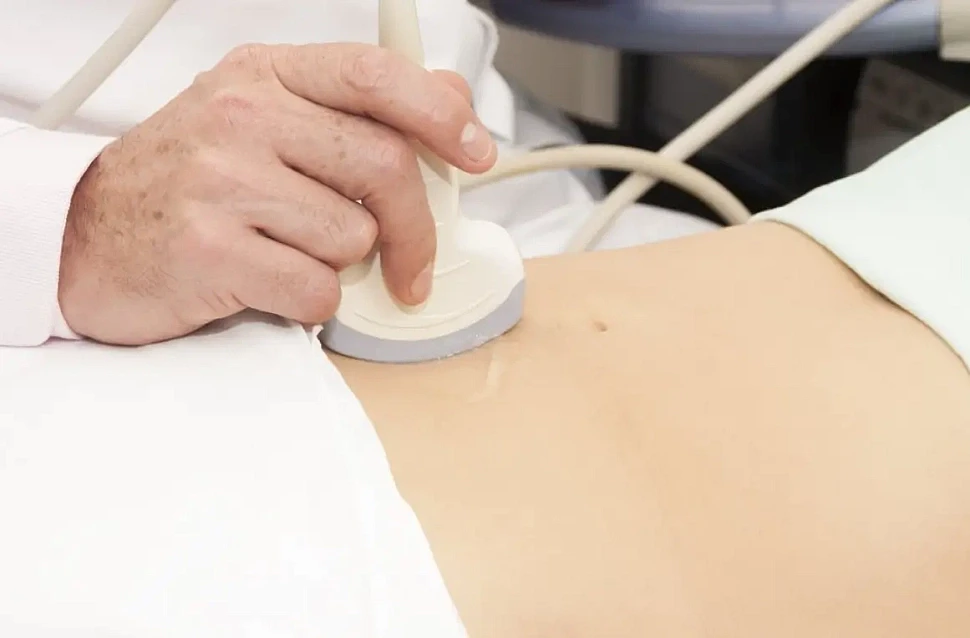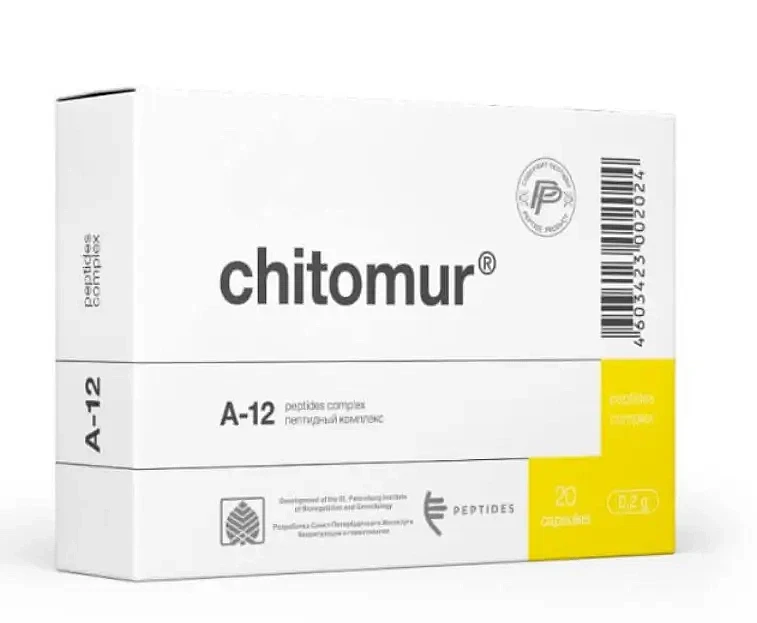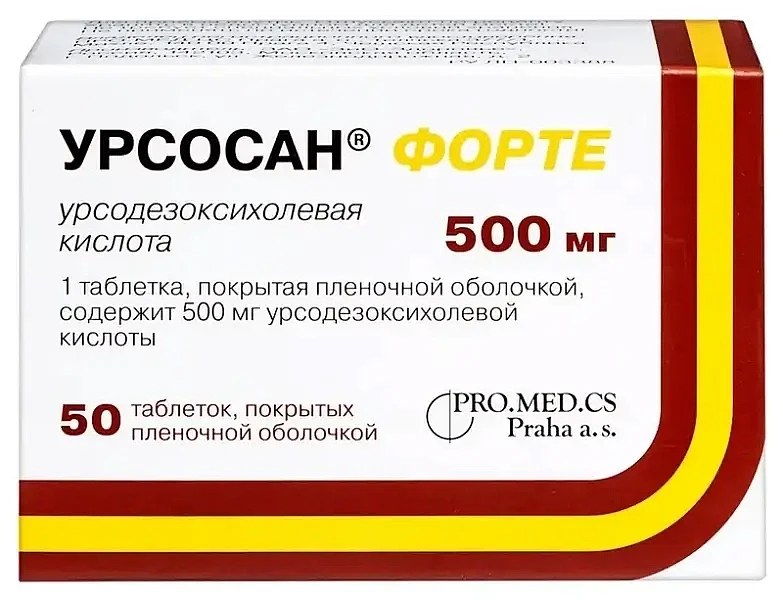Gallbladder Polyps: Causes and Symptoms

Gallbladder polyps are a common problem in which benign polyposis neoplasms develop in the gallbladder area, originating in the mucosa. In more than half of the patients, the disease has no clinical manifestations and is discovered incidentally when an examination for another problem is done. Where complaints do exist, they are predominantly right hypochondrial pain and dyspeptic disorders.
Usually, such a disorder has a favorable prognosis when small and solitary neoplasms are present. However, sometimes in advanced cases, it can lead to impaired bile outflow, which contributes to the development of secondary inflammatory processes, mechanical jaundice, the release of large amounts of bile into the blood with the appearance of endotoxemic syndrome, and so on.
According to various estimates, between one and nine per cent of the world's population is affected by the disease. It is noteworthy that females are diagnosed almost four times more often than males. The disease is most common in people over 35 years of age. It is rare in childhood.
Before talking about the causes of gallbladder polyps, it is worth noting that they are true, inflammatory and cholesterol. The true form results from hyperplasia of the glandular epithelium, which causes papillary neoplasms. About fifteen percent of these tumors are considered malignant degeneration. The cholesterol form is most commonly diagnosed. It is characterized by cholesterol deposition under the gallbladder mucosa, resulting in tumors. In the inflammatory form, granulation growths are formed, which often disappear on their own after anti-inflammatory therapy.

It should be noted that the polyp can be located absolutely in any part of the gallbladder. Clinical manifestations are most often present when the lesion is located in the neck or cystic duct. In addition, polyposites can be single or multiple.
With regard to the causes of the disease, hereditary predisposition plays a leading role in the true form. People who are most at risk include those with close relatives who have gallbladder polyposis. The inflammatory form most often develops against the background of a chronic inflammatory process in the gallbladder region, in which there is a stasis of bile, as well as deformation and thickening of the wall of this organ. Less commonly, the cause is biliary inflammatory disease or biliary motor dysfunction. A cholesterol polyp results from metabolic disorders that increase serum cholesterol concentration.
The mechanism of development of this pathological process will also differ depending on the nature of the neoplasms. In the true form, the mechanisms responsible for cell proliferation are presumed to be impaired. As a result, epitheliocytes begin to multiply uncontrollably, the mucosa becomes hyperplasized, and adenomatous or papillomatous growths develop. Inflammatory polyp, as we have already said, comes from granulomatous tissue, which appeared against the background of a long-term inflammatory process. In the cholesterol form, excess cholesterol is deposited under the gallbladder epithelium.
Symptoms of Gallbladder Polyps
As we have said before, more than half of the patients with this disease do not have any symptoms, and polyposis growths are found incidentally during the examination. Most cases are clinically manifested by localization of neoplasms in the gallbladder neck or in the cystic duct.
Most often, the only symptom is dull pain, which is defined in the right upper quadrant. The onset of pain syndrome is not related to eating. Rarely, it is intense and is worse after physical activity or when fatty meals are eaten. Occasionally, colic-type seizures occur.
Symptoms suggestive of dyspeptic disorders may also be identified. They are represented by bitterness in the mouth, bouts of nausea, and bitter belching. In some cases, people vomit, and the vomitus contains bile. A number of patients complain of rapid fatigue, decreased appetite, and so on.
Diagnosis and treatment of the disease
Diagnosis of this disease cannot be based only on concomitant clinical manifestations, as they are not specific. Ultrasonography plays a major role in diagnosis and can detect growths greater than five millimeters in diameter. Retrograde cholangiopancreatography, duodenal probing with subsequent referral of the bile for biochemical and bacteriological examination, and biopsy with subsequent histology are additionally indicated.

Inflammatory polyps should be treated with antibacterial drugs, antispasmolytics, choleretics, and cholecyclitics. In the cholesterol form, ursodeoxycholic acid and chenodeoxycholic acid are used. True growths, which do not exceed ten millimeters in diameter, are an indication for dynamic observation. Larger tumors should be treated with surgery.

Gallbladder polyps prophylaxis
The principles of prevention consist of timely treatment of inflammatory processes in the biliary system, correction of metabolic disorders and so on.

